Text
“Ten years from now, make sure you can say that you chose your life, you didn’t settle for it.”
— Mandy Hale
1K notes
·
View notes
Photo
There's also yellow building in #Bilbao

yellow building in Bilbao
22 notes
·
View notes
Text
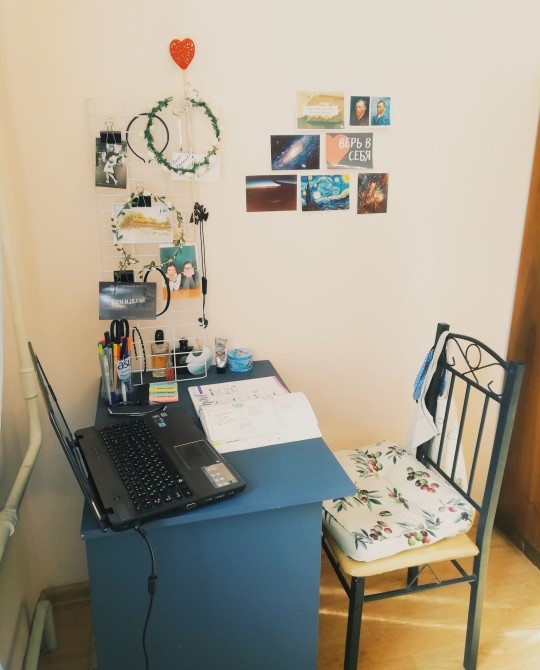
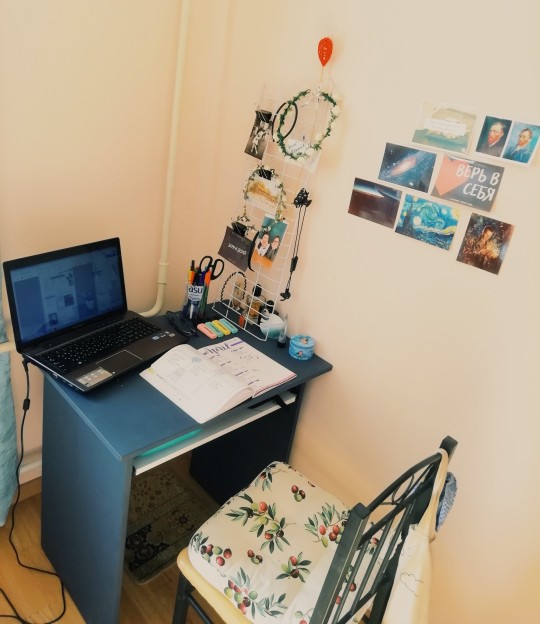
Trying to keep my study space cozy and hygge to be happier and more productive during the isolation.
#studyblr#bujo#planning#bujocommunity#bujolove#bujogram#work space#productive quarantine#being productive#productivity#self isolating#isolation#quarantine#planner#study spot#study space#study motivation#get motivated
40 notes
·
View notes
Photo
Merci beaucoup!
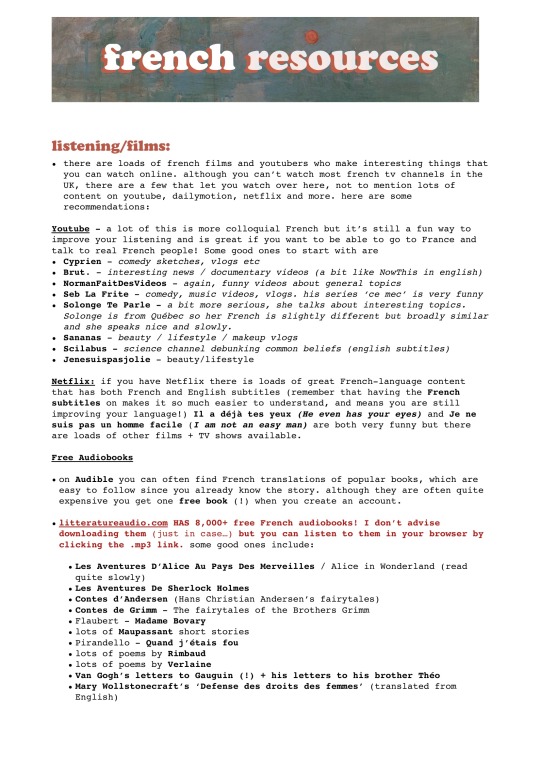
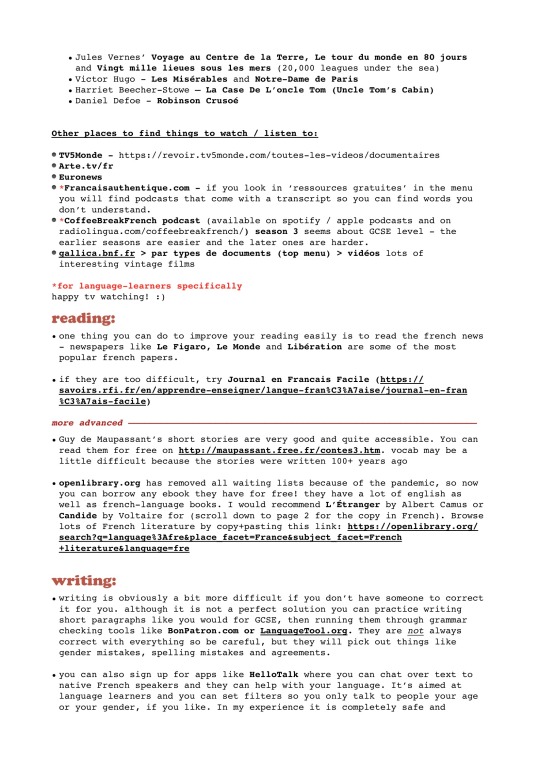
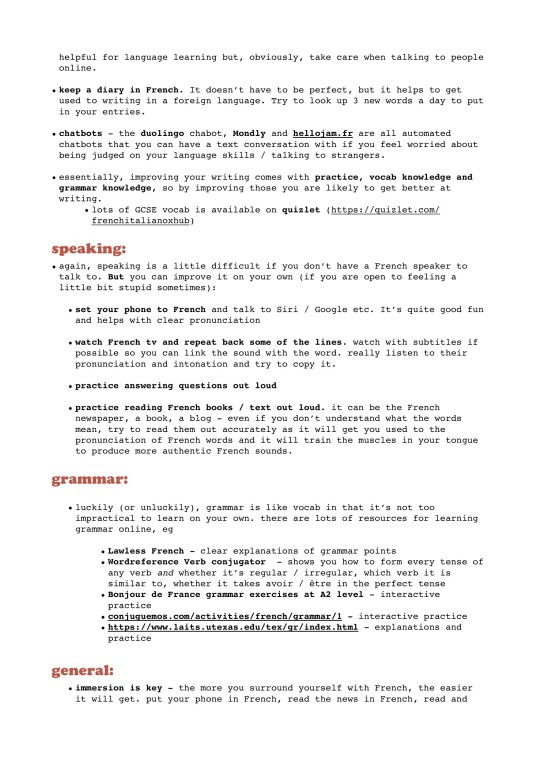
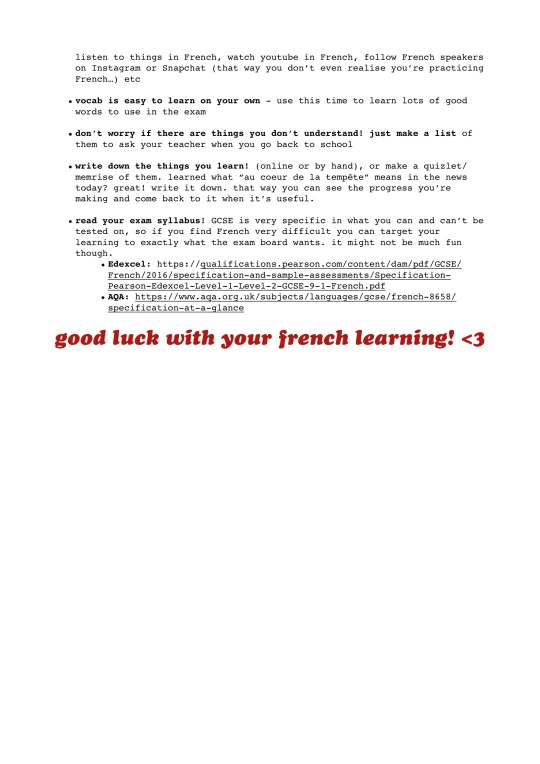
compiling some resources for all those students who have to keep up on their own <3 this was originally meant for GCSE / A2 language level but is helpful for all i think
3K notes
·
View notes
Text

I thank God for having job at this hard time. I teach English online. So when my students do exercise and i have to wait until they will be done, I try not to waste my time and practice lettering.
#studyblr#lettering#planning#bujolove#bujocommunity#bujo#bujomonthly#bujoinspiration#bujogram#bujoideas#covid-19#quarantine#productive quarantine
11 notes
·
View notes
Text

Warm memories of summer days 🌊
#bu jo#bullet journal#bujo#study notes#planner#planning#plantblr#study#study blog#studyblr#bujoideas#bujocommunity#bujo collection#bujo spread#bujogram#bujospo#bujo2019#bujoaddict#bujoweeklylayout#bujoweeklylog
17 notes
·
View notes
Text
That what I need af
How to write a bomb ass personal statement
I’ve had a few asks about how to write - as one of you put it - a bomb ass personal statement. I’m a bit reluctant to write this, seeing as I haven’t actually got an interview/offer yet! But I guess it might be helpful to those of you applying around now :)
HOW TO START
Bullet point what you want to include - I suggest listing out what you want to include. It’s a good idea to do this at the beginning, to make sure you don’t leave anything out; and it can help form the basic structure of your statement.
Do not start at the start - this is one of the most important things I learnt when writing mine. It is so hard to write that first sentence - so just leave it until the end, and begin writing with the actual content, something you’re more comfortable writing about.
When you do get down to writing that first sentence - do not start with a cheesy quote or the typical “I have always bee passionate about…” as these are things that can immediately put off an admissions tutor. Try and be original, or just simple: “I want to study X because…”
THE CONTENT
Just keep writing - don’t worry about the 4,000 character and 47 line limits. Literally just write, and keep going, even if you think what you’re writing is bad - just get all your ideas out there, and put down everything you would want to include. It’s so much easier to take things out rather than adding things in. My personal statement was around 8,000 characters at one point!`
Get the balance right - different unis want different things from personal statements, so check their websites to make sure you’re getting in what they want. You need to get the balance of intellectual curiosity/passion for the subject with your personal qualities and extra-curriculars.
Back up everything with evidence - don’t just say you are great at working in a team, give examples that demonstrate that you have worked well in successful teams in the past.What to include?
WHAT TO INCLUDE
Why you want to study that particular course
Why you are the right person to study the course
Extra things you have done to show commitment or interest about the course - volunteering, subscriptions to journals, further reading etc.
Any relevant work experience
Any relevant awards you’ve won (e.g. maths challenge or physics olympiad) or responsibilities within the school (e.g. prefect or house captain)
Demonstrate desirable skills for your course - problem solving, teamwork, leadership etc.
WHAT NOT TO INCLUDE
Cliches - like “Ever since I was born I have wanted to study…”
Quotes - this is a personal statement, so don’t start quoting other people! Plus way too many people do this to make it original.
Jokes - it may be that the person reading your statement has a very different sense of humour than you do.
Really long sentences - you want your personal statement to be as easy as possible to read, and long confusing sentences won’t help that.
Repetition - it’s such a short document, you don’t have space for this. Plus it gets boring!
Names of unis - the unis you apply to have no idea where else you have applied, so don’t name any of them in your statement.
THE ENDING
Do not end on a cheesy quote or joke. Just sum up why you’d be a great candidate and reinforce what you have told them throughout the main body of the statement - that you’re fabulous!
Once you have finished a draft you can start trying to cut down on the word count. Maybe ask a teacher to look at your spelling/grammar, and you can always get your friends’ opinions too, on what should come out, and what should be kept in. Make sure you don’t let other people have too much influence - it has to be a personal statement!
9K notes
·
View notes
Text
“When two people are destined to be together, don’t worry. Just wait. The love that you seek will come to you in the right time, the right place, and with the right person that was meant to love you the way you always wanted.”
1K notes
·
View notes
Photo
Thank Tumblr community for such a useful tips
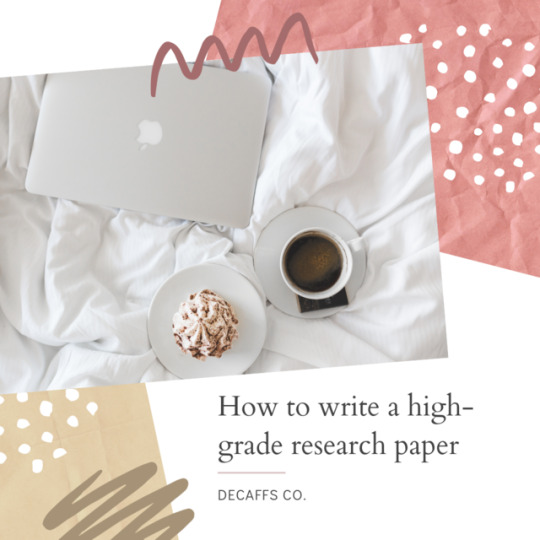
HOW TO WRITE A HIGH-GRADE RESEARCH PAPER
~~~~~~~~~~~~~~~~~~~~~~~~~~~~~~~~~~~~~~~~~~
The first time I had to write a research paper for university was one of the most stressful experiences I’d ever had - it was so different to anything I’d ever done before and caused me so much anxiety! It turned out that I’m pretty damn good at writing research reports and I’m now looking to pursue a career in psychological research.
I have never received less than a First (or 4.0 GPA for you American studiers) in my research papers so I thought I’d share my top tips on how to write a kick-ass, high-grade research paper.
*disclaimer: I am a psychology student, my tips are based on my personal experience of writing up psychological research (quantitative and qualitative); therefore, they may require some adaptation in order to be applied to your field of study/research*
These tips will be split up into the different sections a research paper should consist of: abstract, introduction, methods, results, discussion, references and formatting.
ABSTRACT
The aim of an abstract is to summarise your whole paper - it should be concise, include key-words, highlight the key points of your paper and be written last.
When I say concise, I mean concise! The abstract is what other students and researchers will read in order to decide whether your research is relevant their own work and essentially determines whether or not they’ll read on - they want to know the key details and don’t want to be overwhelmed with information.
I always aim to keep my abstracts under 250 words. I set myself this limit to stop myself waffling and dwelling on unimportant points, it helps me to be really selective of what I include and ensures I’m gripping the reader from the start.
Your abstract should discuss the research rationale, the methods and designs used, your results and the general conclusion(s) drawn. One or two sentences on each of these topics is enough.
Make sure you’re using key-words throughout your abstract as this will also help the reader decide whether your work is relevant to theirs. You can make key-words super obvious by highlighting them in a key at the bottom of your abstract (see below) or just used jargon consistently. Using key-words is also important if you’re looking to get your work published, these words will help people find your work using search engines.

Finally, write your abstract last! An abstract is a summary of your whole research paper which makes it practically impossible to write well first. After writing the rest of your paper, you will know your research inside and out and already have an idea of what key things you need to highlight in your abstract.
INTRODUCTION
For me, the introduction section is always the most intimidating to write because it’s like painting on a blank canvas - massively daunting and leaving you terrified to make a mistake!
The aim of an introduction is to provide the rationale for your research and justify why your work is essential in the field. In general, your introduction should start very broad and narrow down until you arrive at the niche that is your research question or hypothesis.
To start, you need to provide the reader with some background information and context. You should discuss the general principle of your paper and include some key pieces of research (or theoretical frameworks if relevant) that helps your reader get up to speed with the research field and where understanding currently lies. This section can be pretty lengthy, especially in psychological research, so make sure all of the information you’re including is vital as it can be pretty easy to get carried away.
This background should lead you onto the rationale. If you’ve never written a research paper before, the rationale is essentially the reason behind your own research. This could be building on previous findings so our understanding remains up to date, it could be picking up on weaknesses of other research and rectifying these issues or it could be delving into an unexplored aspect of the field! You should clearly state your rationale and this helps lead into the next section.
You should end your introduction by briefly discussing your current research. You need to state your research question or hypothesis, how you plan on investigating the question/hypothesis, the sample you plan on using and the analysis you plan to carry out. You should also mention any limitations you anticipate to crop up so you can address these in your discussion.
In psychology, references are huge in research introductions so it is important to use an accurate (and modern as possible) reference for each statement you are making. You can then use these same references in your discussion to show where your research fits into the current understanding of the topic!
METHODS
Your methods section should make use of subheadings and tables where necessary and should be written in past tense. This can make the (potentially) lengthy section easier to navigate for the reader. I usually use the following headings: participants, materials, design, procedure.
The participants section should describe the sample that took part in your research. Age, gender, nationality and other relevant demographic information should be provided as well as the sampling technique. Personally, I use a table (see below) alongside my continuous prose as an alternative way of viewing my sample population. Please note, if you’re using a table make sure it adheres to your university guidelines.
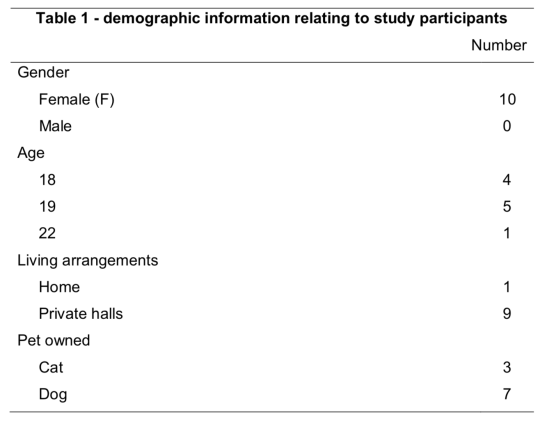
The materials section of your methods should include any equipment, resources (i.e. images, books, diagrams) or any other materials used in your data collection. You should also reference the program that helped you conduct your analysis. For example, if you are writing a qualitative research paper, you may want to include Microsoft Word in your materials if you use the program to transcribe interviews.
You should then describe the design used in your research. All variables should be identified in this paragraph, if relevant. You should also discuss whether your research is within-groups or between-groups, again only if relevant.
Last is your procedure section - the most important one! You must write this section with enough detail so that anybody could pick it up, read it and conduct the same experiment with ease. You should describe what participants were required to do, how data was collected and it should be written in chronological order! While it’s important to provide enough information, try not to overwhelm the reader with lengthy sentences and unnecessary information.
RESULTS
Your results section’s sole purpose is to provide the reader with the data from your study. It should be the second shortest section (abstract being first) in your research paper and should stick to the relevant guidelines in regards to reporting figures, tables and diagrams. Your goal is to relay results in the most objective and concise way possible.
Your results section serves to act as evidence for the claims you’ll go on to make during your discussion but you must not be biased in the results you report. You should report enough data to sufficiently justify your conclusions but must also include data that doesn’t support your original hypothesis or research question.
Reporting data is most easily done through tables and figures as they’re easy to look at and select relevant information. If you’re using tables and figures you should always make sure you’re stating effect sizes and p values and to a consistent decimal place. Illustrative tables and figures should always be followed by supporting summary text consisting of a couple of sentences relaying the key statistical findings in continuous prose.
DISCUSSION
The discussion section should take the opposite approach to your introduction! You should start discussing your own research and broaden the discussion until you’re talking about the general research field.
You should start by stating the major findings of your study and relating them back to your hypothesis or research questions. You must must must explicitly state whether you reject or accept your experimental hypothesis, if you have one. After stating your key findings you should explain the meaning, why they’re important and where they fit into the existing literature. It’s here that you should bring back the research you discussed in your introduction, you should relate your findings to the current understanding and state the new insight your research provides.
You should then state the clinical relevance of your research. Think about how your findings could be applied to real-life situations and discuss one or two practical applications.
After this, discuss the limitations of your research. Limitations could include sample size and general sample population and how this effects generalisability of findings, it could include methodological problems or research bias! These limitations will allow you to discuss how further research should be conducted. Suggest ways in which these limitations could be rectified in future research and also discuss the implications this could have on findings and conclusions drawn.
Finally, you need to give the reader a take-home message. A sentence or two to justify (again) the need for your research and how it contributes to current understanding in the field. This is the last thing your audience will read so make it punchy!
~~~~~~~~~~~~~~~~~~~~~~~~~~~~~~~~~~~~
That’s it folks! My tips for writing a kick-ass, high-grade research paper based on my personal experience. If you have any questions regarding things I’ve missed or didn’t provide enough detail of, then please just send me an ask!
Also, if any of you would like to read any of my past research papers I would be more than happy to provide you with them :-))
7K notes
·
View notes
Text
How to write a bomb ass personal statement
I’ve had a few asks about how to write - as one of you put it - a bomb ass personal statement. I’m a bit reluctant to write this, seeing as I haven’t actually got an interview/offer yet! But I guess it might be helpful to those of you applying around now :)
HOW TO START
Bullet point what you want to include - I suggest listing out what you want to include. It’s a good idea to do this at the beginning, to make sure you don’t leave anything out; and it can help form the basic structure of your statement.
Do not start at the start - this is one of the most important things I learnt when writing mine. It is so hard to write that first sentence - so just leave it until the end, and begin writing with the actual content, something you’re more comfortable writing about.
When you do get down to writing that first sentence - do not start with a cheesy quote or the typical “I have always bee passionate about…” as these are things that can immediately put off an admissions tutor. Try and be original, or just simple: “I want to study X because…”
THE CONTENT
Just keep writing - don’t worry about the 4,000 character and 47 line limits. Literally just write, and keep going, even if you think what you’re writing is bad - just get all your ideas out there, and put down everything you would want to include. It’s so much easier to take things out rather than adding things in. My personal statement was around 8,000 characters at one point!`
Get the balance right - different unis want different things from personal statements, so check their websites to make sure you’re getting in what they want. You need to get the balance of intellectual curiosity/passion for the subject with your personal qualities and extra-curriculars.
Back up everything with evidence - don’t just say you are great at working in a team, give examples that demonstrate that you have worked well in successful teams in the past.What to include?
WHAT TO INCLUDE
Why you want to study that particular course
Why you are the right person to study the course
Extra things you have done to show commitment or interest about the course - volunteering, subscriptions to journals, further reading etc.
Any relevant work experience
Any relevant awards you’ve won (e.g. maths challenge or physics olympiad) or responsibilities within the school (e.g. prefect or house captain)
Demonstrate desirable skills for your course - problem solving, teamwork, leadership etc.
WHAT NOT TO INCLUDE
Cliches - like “Ever since I was born I have wanted to study…”
Quotes - this is a personal statement, so don’t start quoting other people! Plus way too many people do this to make it original.
Jokes - it may be that the person reading your statement has a very different sense of humour than you do.
Really long sentences - you want your personal statement to be as easy as possible to read, and long confusing sentences won’t help that.
Repetition - it’s such a short document, you don’t have space for this. Plus it gets boring!
Names of unis - the unis you apply to have no idea where else you have applied, so don’t name any of them in your statement.
THE ENDING
Do not end on a cheesy quote or joke. Just sum up why you’d be a great candidate and reinforce what you have told them throughout the main body of the statement - that you’re fabulous!
Once you have finished a draft you can start trying to cut down on the word count. Maybe ask a teacher to look at your spelling/grammar, and you can always get your friends’ opinions too, on what should come out, and what should be kept in. Make sure you don’t let other people have too much influence - it has to be a personal statement!
9K notes
·
View notes
Note
where can I find good french exercises?
Hi! I’m not sure I’m the best person to ask because I learnt French in school and never really did exercises online 😅 But here are a few:
Alloprof has a bunch of different exercices! It’s a québécois website used by schools here, so there’s also a bunch of different levels corresponding to the school years in Quebec (primaire 1-6 are grades 1-6 and secondaire 1-5 are grades 7-11), so you can choose the level you think is more appropriate for you.
Another website is the CCDMD that offers a bunch of exercices (in the Exercices interactifs section), as well as exercises in PDFs that you can print out (with a correction sheet). It also offers grammar lessons (in PDF too) for allophones/french learners. It’s all in French, which might be a bit hard to understand if you’re only starting out, but if you’re more advanced, it looks like a very good ressource!
The two websites are from Quebec, but the French used on the websites is standard, so you shouldn’t have any problems with regionalisms :)
Of course, français facile is a good website too! It has a 48 pages of exercises that cover a wide variety of subjects, including grammar, verbs, and vocabulary.
Finally, another website worth checking out is ortholud, that offers grammar, voacbulary, verb, anmd dictation exercises with English instructions. You should definitely check this one out if you’re a beginner and you’re not comfortable using a fully French website yet. It also has crosswords puzzles! :)
Hope this helps!
274 notes
·
View notes
Text
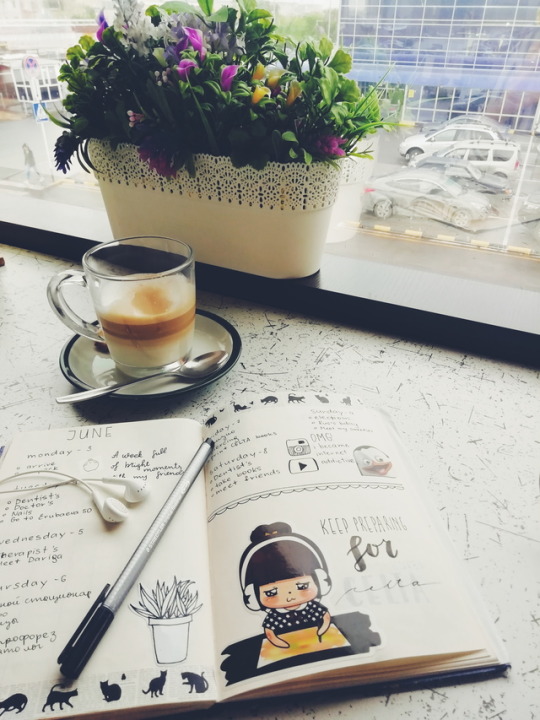
20.06.2019
✨ Daily planning in my favorite cafeteria with my favorite latte and bujo. It's called Magic. Magic is around me ✨
1 note
·
View note
Text

Happy pride month 🏳️🌈 and...
After graduating from uni 👩🎓 and passing the IELTS I got a 🎉job🎊 and currently working as an EFL teacher 👩🏫. Since this is my first year I gained so much experience in teaching English, so I realized how insufficient the knowledge I got at university during the 4YEARS! So now I have a great opportunity NOT to rest on my laurels (and yannies haha)) but keep developing and attend the CELTA course. This coure is about teaching English using communicative approach AND it aimed at the Speaking the foreign language effectively. This is going to be intense, because it lasts a month only, but we will learn huge amount of information. I'm getting ready for it now)
Wish me luck 🤞
#planner#planning#study space#study english#studying#study#study notes#studyblr#studygram#study blog#Teaching#Celta#being productive#productivity#study motivation#motivation#get motivated#study spot#bujo collection#bujocommunity#study inspiration#study plan#study place#pride month
31 notes
·
View notes
Text

Healthy morning routine be like...
🥗: tomatoes+spinach+tuna
📓: Maurice Druon The Accursed Kings
#morning#morning routine#planning#healthy breakfast#healthy meals#healthy mind#breakfast#bookworld#book#bookworm#booklover#planner#meal planning#bujo collection#bujo spread#bujo
11 notes
·
View notes
Text

04.02 || Monday
I caught cold yesterday, so I had to postpone all my plans for Monday and I didn't go to work. I was going to, but my mom told me one very wise thing: you can't earn money of whole the world, so take care of yourself. So here I'm, getting vitamins.
And how do you cope with cold?
#bullet journal#bujo spread#bujo#weekly spread#my bujo#bujocommunity#bujolove#planning#planner#monthly spread#new month#stickers#bujo collage#bujo collection#pink spread#pink month#february#minimalist
4 notes
·
View notes


